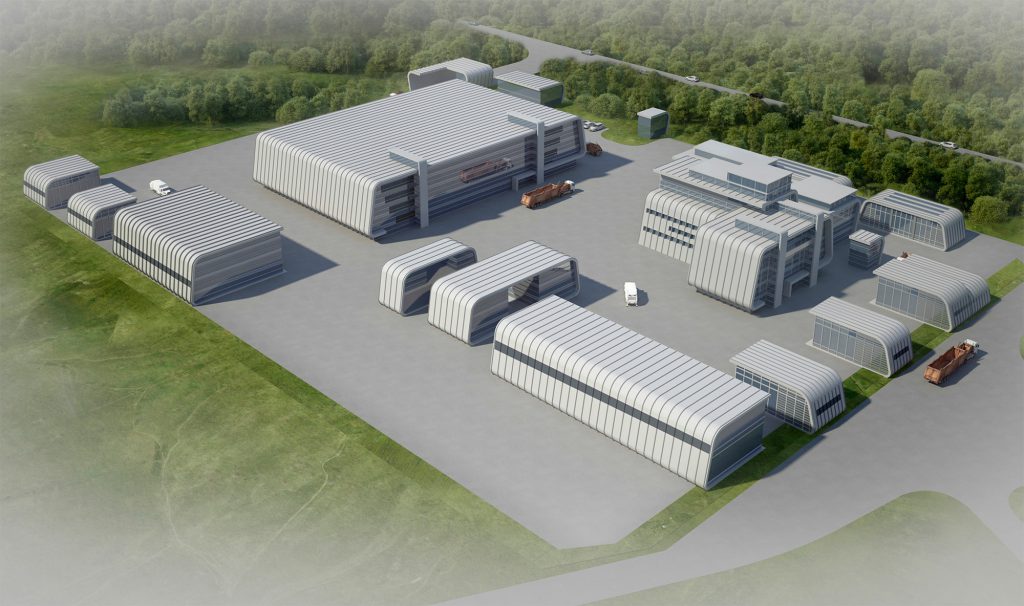
For the PYROLY-EKOPYR 100, the gross returns per month are sufficient to cover completely plants operational expenses, based upon the constant and un-interrupted supply of a minimum waste of 100 m3 (50 tonnes) shredded waste per day.
Complex “PYROLY-EKOPYR” allow you to obtain the maximum output electric power, heat, petroleum product and other combustible materials from the processing of rubber and plastic.In addition to the received oil products, the complex provides the entire project with electricity and heat. The Complex “PYROLY-EKOPYR” is 100% eco-friendly, the complex has no release into the atmosphere of fumes, vapors and emissions of any harmful substances into the environment.
Output performance

Pyrolysis oil
850 tonnes/month
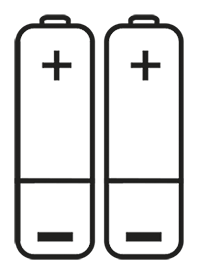
Electricity
0,7 MWt/h 400 Volt
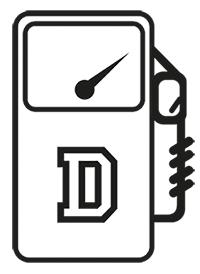
Diesel EURO5
319 tonnes/month

Petrol Аi92
156 tonnes/month
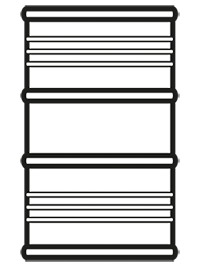
Fuel М100
97 tonnes/month

Heavy Tar
53 tonnes/month
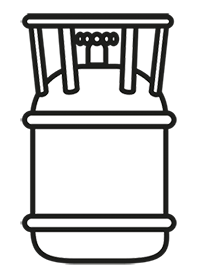
Syngas
270 tonnes/month

Carbon Black
180 tonnes/month
PS! These results are based on a specific plant configuration used for demonstration purposes. The quantities of output are not fixed. For more information regarding the outputs, please refer to the production section.
If you are interested in maximizing specific end-products, our solutions can be configured to meet this requirement. For a customized offer, please contact us for a free quotation.
Our technology is very unique and the only one of its kind in the world (2024). Unlike the existing waste to fuel plants which use outdated materials and conversion processes, this technology is based on a design which improves efficiency and reduces carbon footprint to a competitive level.
Main features and advantages
Main features and advantages
- It has no chimney, and therefore no smoke emissions.
- Highly efficient production output and artifacts.
- Minimal sorting of waste is required.
- No external energy consumption, everything is self-sufficient.
- Minimal waste after the Waste to Fuel process is complete
- Constant heat generation
- The Plant works – 340 days / year.
Plant’s main areas:
- Waste sorting area: selection of glass, metal, stone, reinforced concrete, checking materials for radioactivity.
- The area of grinding raw materials to a certain fraction.
- Plot of mechanisms for moving raw materials.
- A site for pyrolysis processing of raw materials.
- Park of transitional tanks for pyrolysis oil.
- Pumping section.
- Carbon black warehouse.
- Site for non-pyrolysis materials.
- Power station.
- Plot of pyrolysis liquid separation into fractions.
- Park of transitional tanks for finished products.
- Finished product delivery area.
